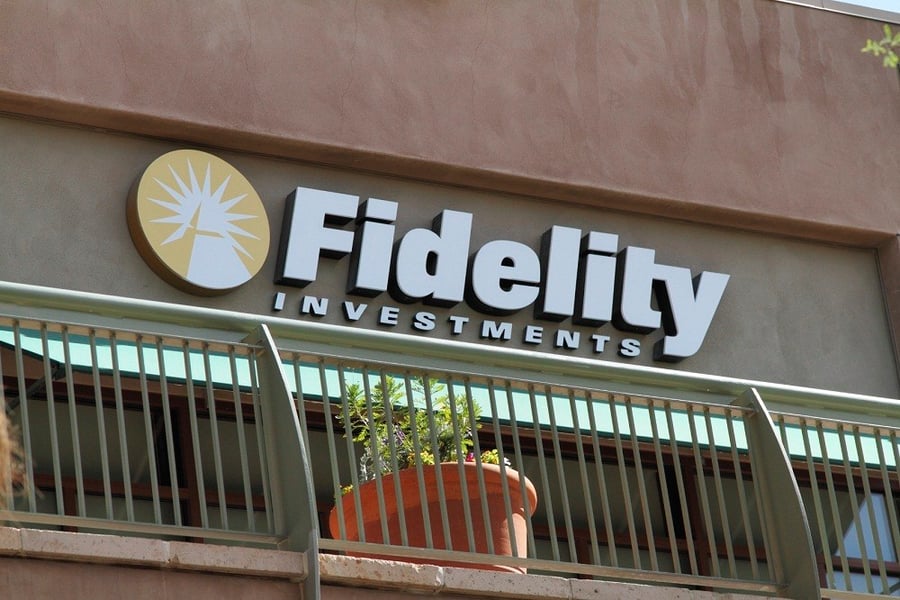Fidelity Investments has filed with the Securities and Exchange Commission for a new type of actively managed exchange-traded fund.
The funds, which the Boston-based fund giant calls exchange-traded active funds (ETAFs), would be something of a cross between a traditional closed-end fund and an exchange-traded product. Like a closed-end fund, it would be
actively managed. But closed-end funds' share prices are typically below their net asset value — that is, the current market value of the securities they own.
And like an ETF, Fidelity's ETAFs would trade continuously on a stock exchange and offer the ability to arbitrage between the market value of the fund and its net asset value. In this way, the ETAFs would narrow the discounts that typically plague closed-end funds.
Unlike ETFs, however, which typically reveal their holdings in close to real-time, Fidelity's ETAFs would only reveal their holdings once a month with a month delay. In this way, the manager could avoid other investors front-running the fund's moves. On the other hand, lack of transparency would make the arbitrage mechanism difficult, if not impossible.
To compensate for the lack of transparency, Fidelity's ETAFs will have a tracking basket. The basket will be made of the ETAF's most recent publicly disclosed holdings and representative ETFs (which mirror the current portfolio characteristics) and will be published daily. An updated measure of value of the tracking basket will be disclosed every 15 seconds throughout the trading session in the ETAF's shares.
“Seeking to make active equity investment management available in a non-transparent exchange traded vehicle is innovative and potentially a game changer for Fidelity and its competitors since it could open the floodgates for Fidelity to transform its actively managed funds into ETAFs,” says Jim Lowell, editor of Fidelity Investor and Fidelity Sector Investor. “We have already seen Fidelity launch actively managed ETFs (FBND is one example), but here they are clearly trying to safeguard their active management acumen and input into a tradeable portfolio.”
The filing is a starting point for discussions with the SEC, and Fidelity ETAFs may not be off the ground for some time. “While we are excited about this proposed ETAF structure and the potential benefits for investors and market participants, it is very early in the process,” said Fidelity spokesperson Nicole Goodnow. “We look forward to an active, constructive dialogue with the SEC.”
Mr. Lowell thinks the ETAFs could work out well for Fidelity and investors as well. “My view: Fidelity continues to innovate its way into the ETF marketplace — moving more quickly, broadly and deeply into this landscape over the past few years demonstrates not just their commitment to the space, but their particular perspective on the business and investment opportunities in the space,” Mr. Lowell writes. “While pricing of these ETAFs may initially run the course of their actively managed bond ETFs (which carry the same fee as their actively managed fund counterparts), it could also enable Fidelity to use
pricing to its market share advantage down the road — potentially good news for investors as well as Fidelity itself.”
Fidelity isn't the only company trying to tweak the basic ETF. Eaton Vance rolled out its
NextShares funds in February. The actively managed hybrid funds trade just once a day.







